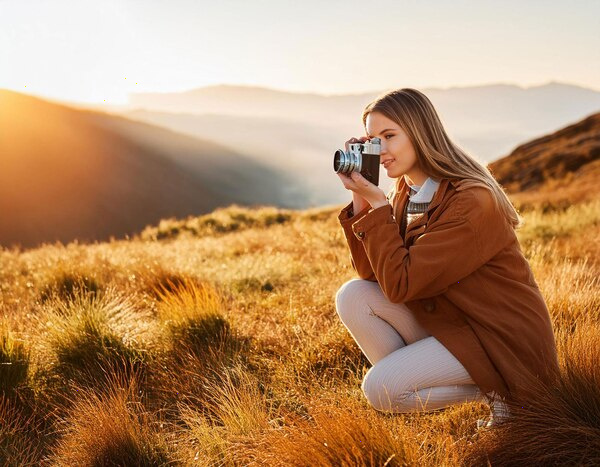Mastering the Art of Composition in Photography
Composition is a fundamental aspect of photography that distinguishes a snapshot from a piece of art. By mastering composition, photographers can create images that not only captivate the viewer's eye but also convey a story or provoke an emotional response. Understanding and applying the basic principles of composition can elevate your photography to new heights.

Understanding Composition
At its core, composition refers to the arrangement of elements within a frame. This includes the positioning of the subject, the use of space, and the interaction of light and shadow. Good composition guides the viewer's eye and highlights the key elements of the photograph. There are several classical techniques and rules that photographers can use as a starting point.
The Rule of Thirds
The rule of thirds is one of the most well-known principles of composition. It involves dividing the image into nine equal parts by two equally spaced horizontal lines and two vertically. The idea is to place the most important elements along these lines or at their intersections. This technique creates balance in the photograph and draws the viewer's attention naturally to the subject.
Leading Lines
Leading lines are natural lines within an image that guide the viewer's eyes toward the main subject or focal point. These lines can be anything from roads to fences or patterns in the sand. The power of leading lines lies in their ability to create depth and perspective, transforming a flat image into a dynamic visual journey.
Framing
Framing involves using elements within the scene to create a 'frame' around your subject. This can be done through natural means, such as trees or archways, or man-made structures, like windows or doors. Framing can add a sense of depth and context to your image, directing attention straight to the subject while contributing to the story being told.
Symmetry and Patterns
Humans are naturally attracted to symmetry and patterns, as they provide a sense of harmony and balance. Incorporating symmetry into your composition can create a powerful impact, especially in architectural photography or landscapes. Patterns, whether found in nature or urban settings, offer a rhythmic form that can engage the viewer and add complexity to the image.
Contrast and Balance
Contrast can be achieved through the use of color, light, and texture. By incorporating contrasting elements, a photographer can highlight differences and draw attention to specific aspects of the image. However, balance is crucial; too much contrast can overwhelm the viewer, while too little can create a lackluster image. A harmonious balance between contrasting elements can evoke mood and emphasize the desired emotion of a photograph.
Negative Space
Sometimes, what you leave out is just as important as what you include. Negative space refers to the empty or open area around the subject. Utilizing negative space effectively can isolate the subject, enhance its importance, and simplify the composition. It is particularly useful in emphasizing simplicity and elegance within an image.
Experimentation and Breaking the Rules
While these rules of composition are helpful guidelines, some of the best photographs emerge from breaking them. Composition is highly subjective, and creativity often comes from stepping outside conventional boundaries. Experimentation allows photographers to discover new styles and perspectives. By understanding the rules, you'll know when and how to break them effectively to add an unexpected or unique flair to your work.
Conclusion
Mastering the art of composition is a continuous journey, requiring observation, practice, and a keen eye for detail. By learning to balance elements within the frame, utilizing space effectively, and harnessing light to your advantage, you can create compelling photographs with powerful narratives. Whether you're an amateur enthusiast or a seasoned professional, refining your compositional skills will undoubtedly enhance the quality and impact of your photographic endeavors.